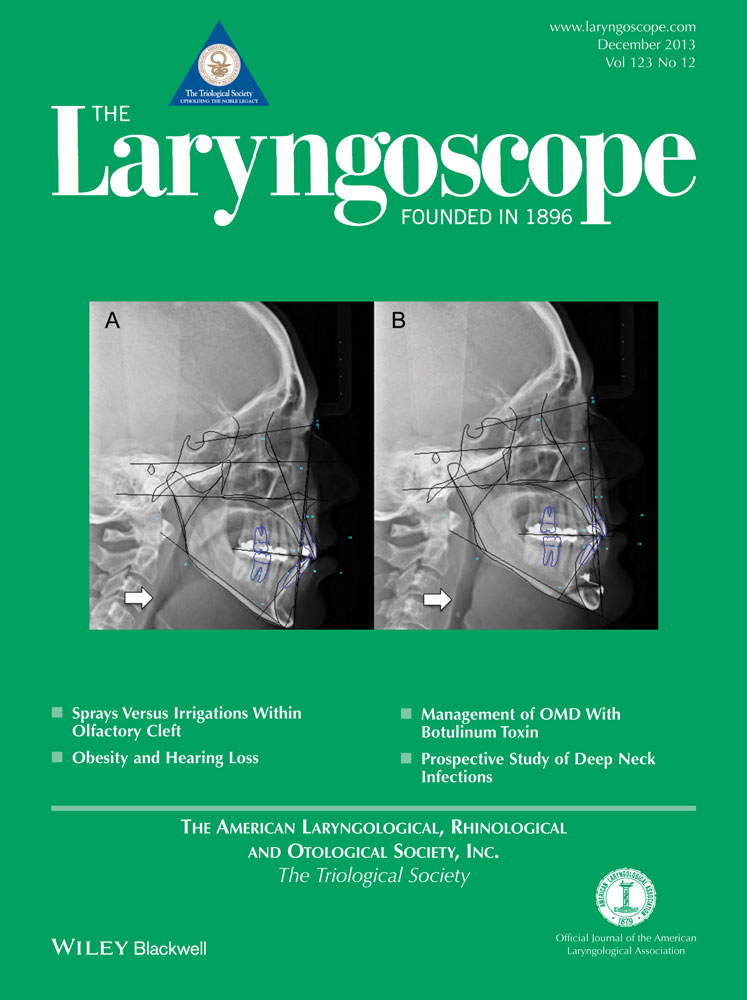Mouse cochleostomy: A minimally invasive dorsal approach for modeling cochlear implantation
The authors have no other funding, financial relationships, or conflicts of interest to disclose.
This study was supported by NIH T32 DC000040 grant as well as NIDCD-P30 DC 010362.
Abstract
Objectives/Hypothesis
The murine model has been used extensively to model and study human deafness. Technical difficulty in the surgical approach due to the small size of the tympanic bulla and a robust stapedial artery has limited its application for studies of cochlear implantation and electrical stimulation. We describe a minimally traumatic, stapedial artery–sparing approach to the round window that may be used to access the mouse cochlea for acute or chronic studies of implantation and stimulation.
Study Design
Animal model.
Methods
Fifteen C57BL6J mice were used to validate this approach. Auditory brainstem response threshold and distortion product otoacoustic emissions were obtained preoperatively and 2 weeks postoperatively to determine hearing preservation results.
Results
The approach provided excellent exposure for round-window implantation. Substantial hearing was preserved in all animals with a mean postimplantation auditory brainstem response threshold increase of 27.8 dB. Otoacoustic emissions were lost in subjects with the largest threshold shifts.
Conclusions
Residual hearing after cochlear implantation is a determinant of success both with standard cochlear implant electrodes and with electrodes designed to optimize hearing preservation. Here, we have preserved usable hearing after implantation of C57BL6J mice, an endogenous model of human presbycusia. The murine model may become a powerful tool to assay the effects of cochlear intervention in different genetic backgrounds. Laryngoscope, 123:E109–E115, 2013




